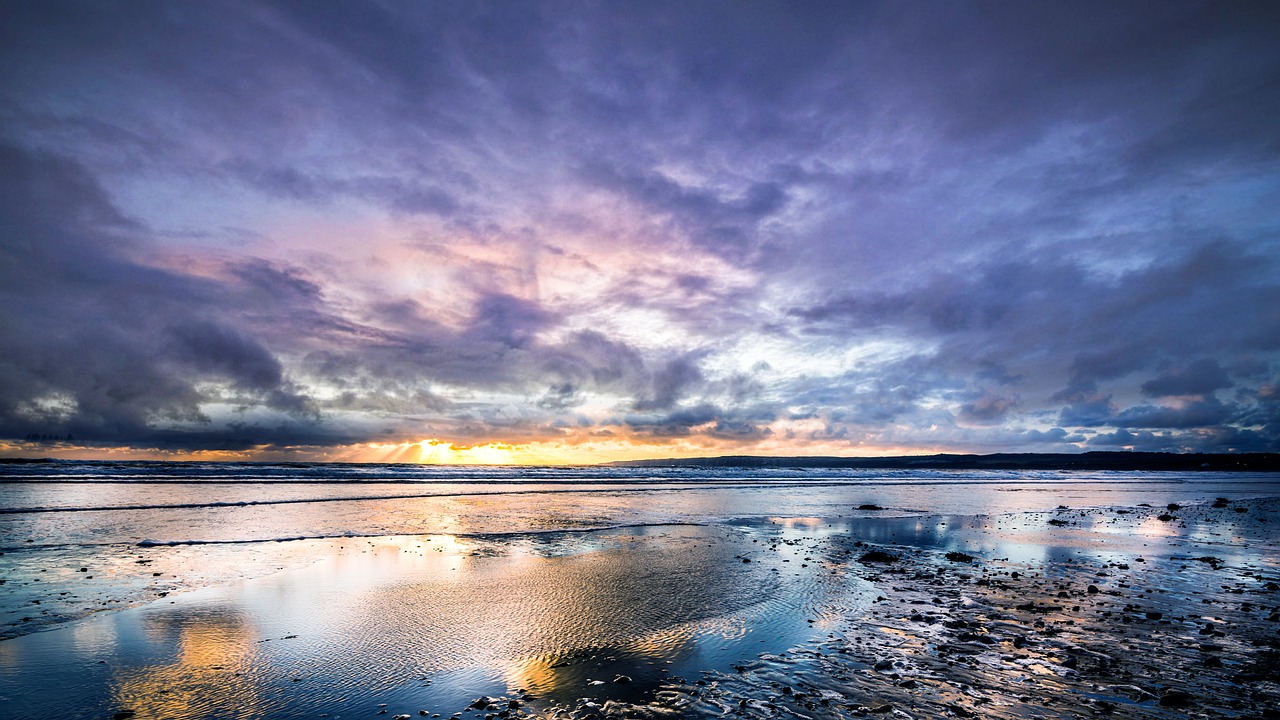The Allure of Lighthouse Tourism: Coastal Beacons, Maritime History, and Nautical Adventures
Lighthouses have long been iconic structures along coastlines, serving as beacons of safety for seafarers navigating treacherous waters. Their history dates back centuries, with some of the earliest known lighthouses built by the ancient Egyptians and Greeks. Over time, lighthouses evolved in design and functionality, incorporating advances in technology to improve visibility and range of light.
The architecture of lighthouses is as diverse as the coastal landscapes they inhabit. From towering structures made of brick and stone to sleek, modern towers constructed of steel and glass, each lighthouse is uniquely designed to withstand the forces of nature. The strategic placement of lighthouses along coastlines, often in remote and rugged locations, showcases the ingenuity of architects and engineers who worked tirelessly to ensure the safety of maritime travelers.
Significance of Coastal Beacons
Navigating the treacherous waters of the coastlines has always been a risky venture for sailors. Coastal beacons, also known as lighthouses, have played a crucial role in guiding ships safely to shore for centuries. Standing tall and proud, these structures have served as beacons of hope and safety for mariners, offering reassurance and direction amidst the vast expanse of the sea.
The significance of coastal beacons cannot be understated. Not only do lighthouses aid in navigation and prevent maritime disasters, but they also serve as symbols of strength and resilience against the forces of nature. Their unwavering lights pierce through the darkness, offering a guiding light to those in need. As landmarks along coastal regions, lighthouses hold a special place in the hearts of locals and visitors alike, embodying a sense of tradition and history that transcends time.
Exploring Lighthouse Heritage Sites
Lighthouse heritage sites hold a special place in maritime history, serving as beacons of light for ships navigating treacherous waters. The allure of these historic structures lies not only in their architectural beauty but also in the stories they hold within their walls. Visitors to these sites can step back in time and imagine the lighthouse keepers diligently tending to the light, ensuring the safety of sailors at sea.
Each lighthouse heritage site offers a unique glimpse into the past, with some providing tours that showcase the inner workings of the beacon and the daily lives of those who called it home. From rugged cliffs overlooking the crashing waves to serene coastal settings, these sites offer visitors a chance to connect with the maritime history that has shaped our understanding of seafaring traditions. Whether exploring a working lighthouse or a decommissioned one, the experience of standing in the shadow of these towering structures is sure to leave a lasting impression on all who visit.
– Visitors can learn about the history and significance of lighthouses in maritime navigation
– Some sites offer guided tours that provide insight into the daily lives of lighthouse keepers
– The architectural beauty of these structures adds to their allure and charm
– Exploring a working or decommissioned lighthouse allows visitors to appreciate the role they played in ensuring safe passage for ships
What is the history and architecture of lighthouses?
Lighthouses have been guiding ships at sea for centuries, with the earliest known lighthouse dating back to the ancient Pharos of Alexandria in Egypt. They are typically tall towers with a bright light at the top to warn sailors of dangerous coastlines.
Why are lighthouses significant to coastal areas?
Lighthouses are significant to coastal areas because they provide a vital navigational aid for ships at sea. They help prevent shipwrecks and guide vessels safely into harbors during all types of weather conditions.
How can I explore lighthouse heritage sites?
There are many ways to explore lighthouse heritage sites, including visiting them in person, taking guided tours, or researching their history online. Many lighthouses also offer visitor centers and museums for a more immersive experience.





